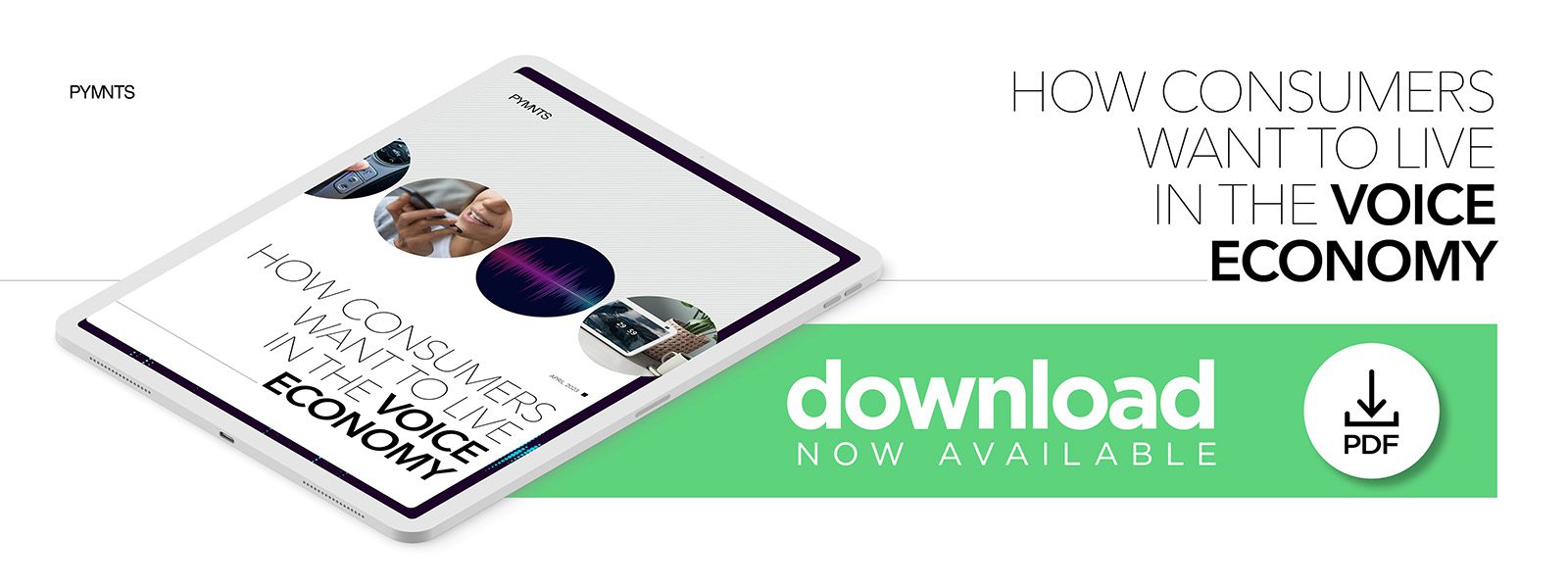Millennials Willing to Pay For Smart, Conversational Voice Assistant
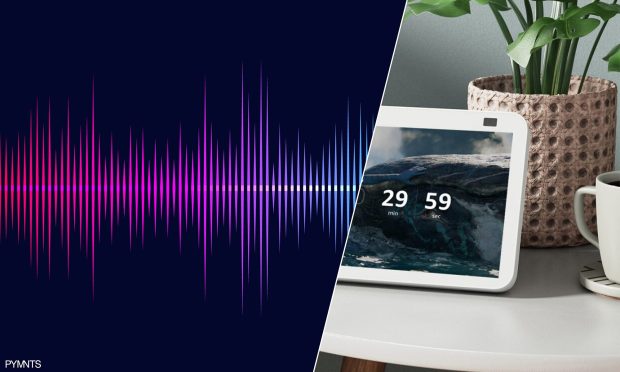
Consumers want to make their daily routines simple and more connected, and hands-free voice-activated technologies can fit the bill. Consumers already use voice assistants to find information, play music or find and book airline tickets, among many other possibilities. Consumers performed an average of six tasks via voice assistant in the last 12 months.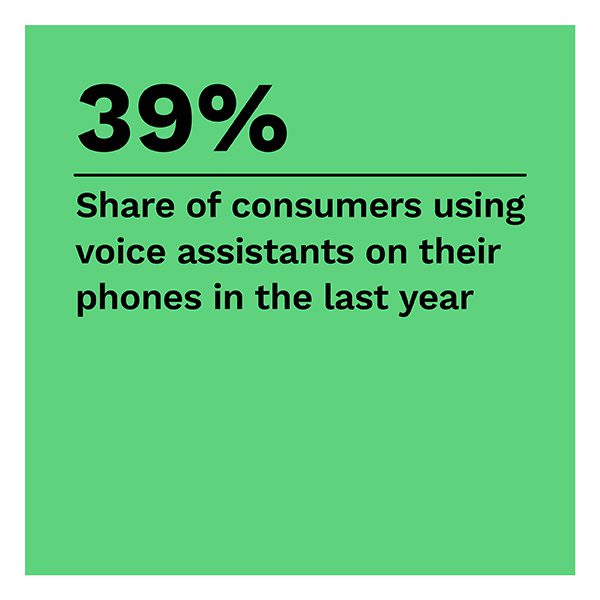
The main drivers behind voice technology adoption are speed and convenience. We find that 58% of consumers say they would use voice-activated technology because it is easier and more convenient for certain tasks, and 54% because it is faster than typing or using a touchscreen. In addition, 63% say they would use voice if it were as capable as a person. This is not insignificant, considering that more than 60% say voice assistants already are or will become as smart and reliable as real people, and 46% of consumers say this vision is less than five years away.
“How Consumers Want to Live in the Voice Economy,” a PYMNTS publication, explores consumers’ views and attitudes toward voice-activated technology. We surveyed 2,939 consumers in the United States to learn how they use voice today, the friction they face and what they expect from voice technology in the future. The survey was conducted between March 6 and March 30.
This is what we learned.
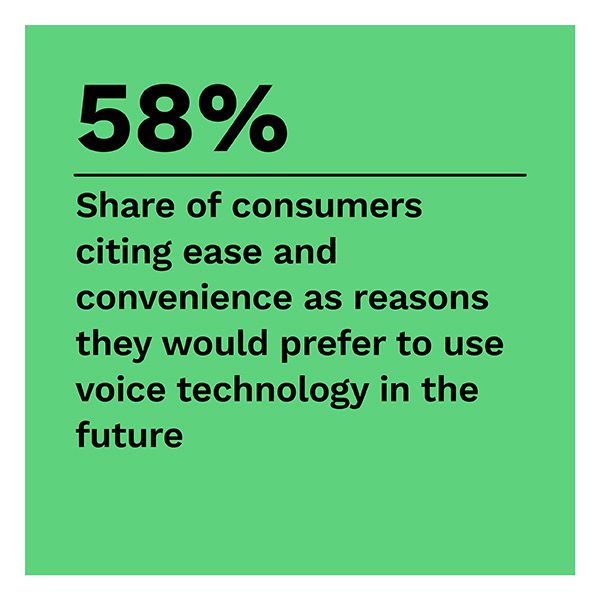 • Consumers think using voice technology will save them time and be more convenient.
• Consumers think using voice technology will save them time and be more convenient.
Consumers’ top reasons for preferring voice technology instead of other methods include the ability to complete tasks quickly, easily and efficiently. Twenty percent of consumers, however, say they would prefer this smart technology mainly because it is more secure. These are just some of the benefits that voice-activated technology promises.
• Consumers believe voice can make daily routines and emergencies or unexpected events smart, simple and more connected.
Smart and reliable voice technology has the potential to assist throughout consumers’ everyday lives — even in the case of emergencies and unexpected events. Half of consumers would use voice technology if they had an auto accident and needed to call for help. Another 43% would use this smart technology if their flight was delayed and they needed to change their Uber pickup time.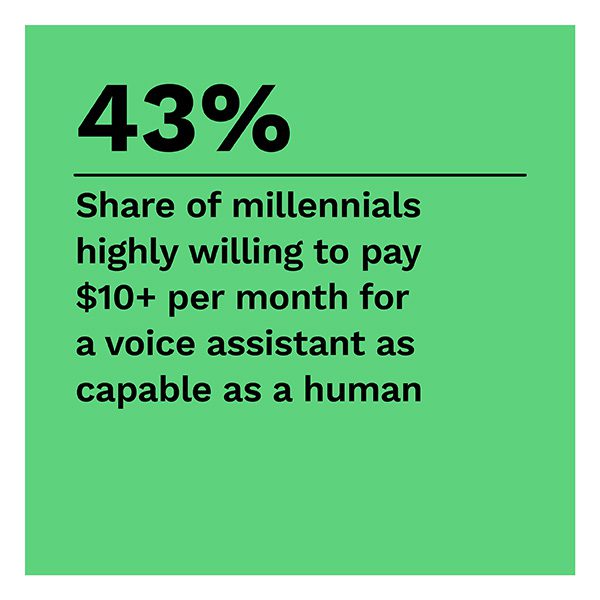
• Two-thirds of consumers already use voice-activated technology. These consumers perform an average of six different tasks with the technology — but millennials complete nearly twice as many.
Currently, voice technology is predominantly device-based, but consumers access voice technologies in a variety of ways. Our research finds that 39% of consumers have used voice technology built into their smartphones, 27% have used a voice-activated device such as a smart speaker and 15% have used the voice capabilities built into their cars. Many use voice assistants to request information, but the technology has the potential to change the way consumers shop and manage their lives.
To learn more about how consumers use voice technology in their daily routine and what its future holds, download the report.
